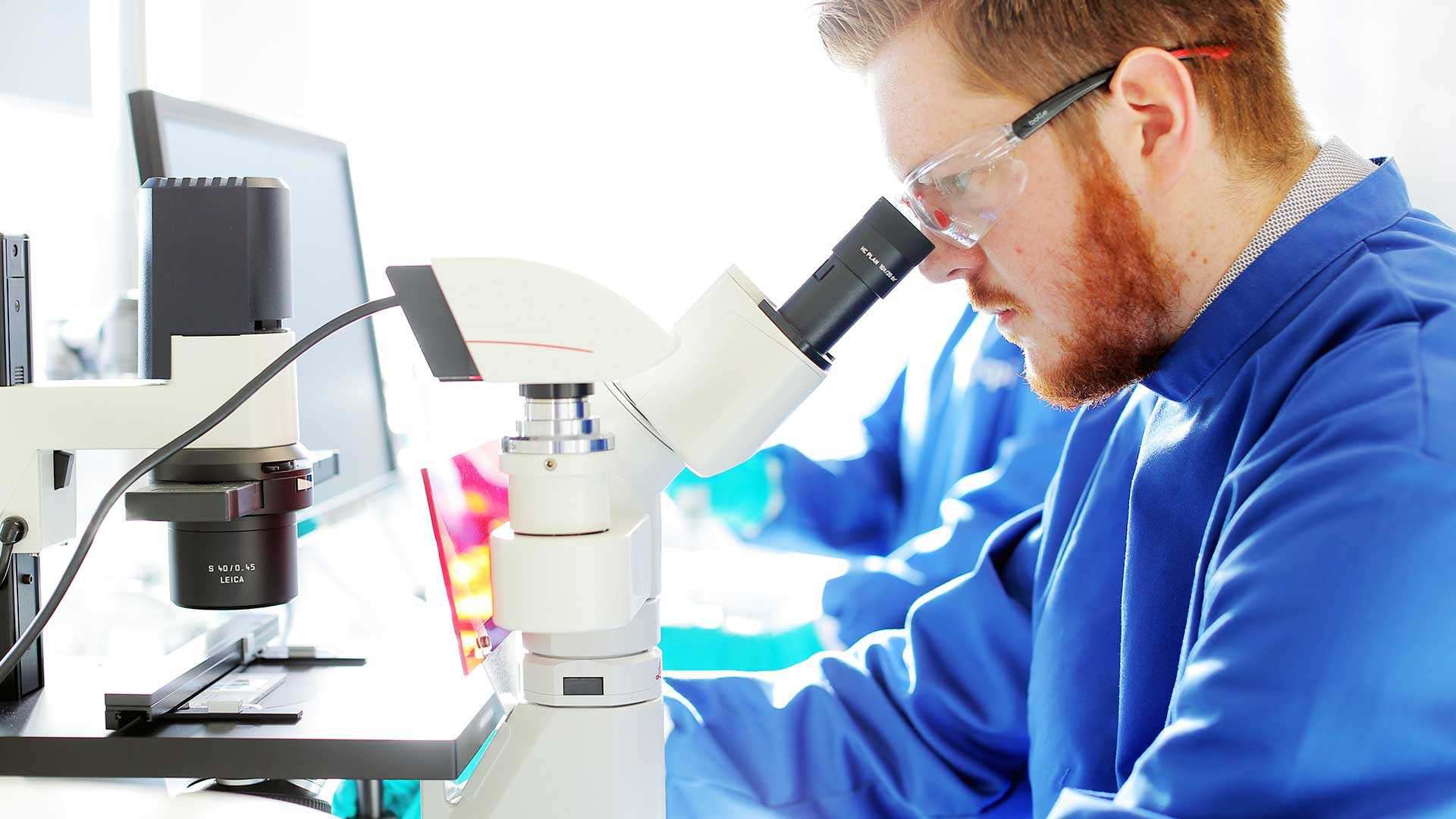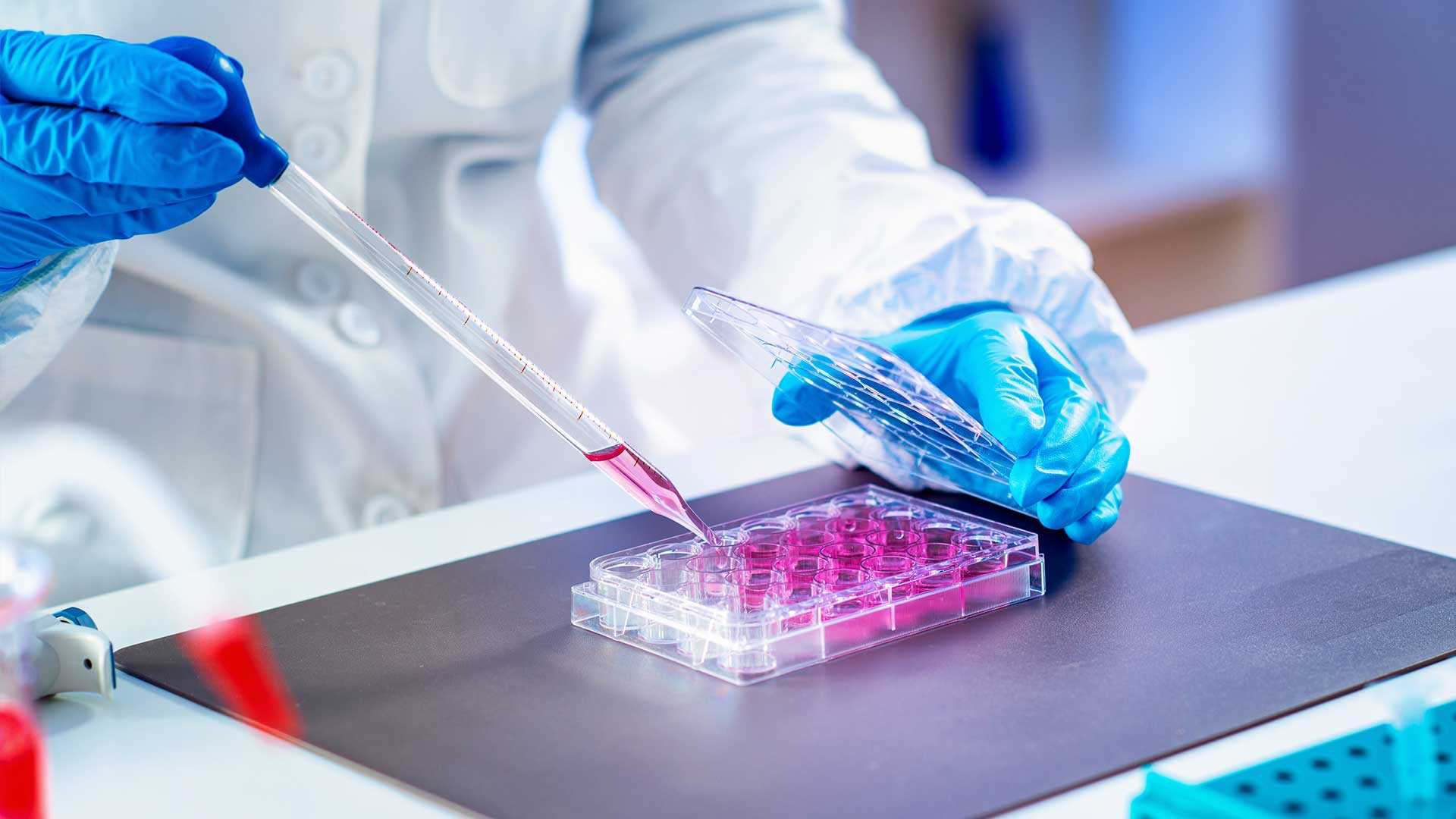Journey through a cell; an insight into the dynamics of the pharmaceutical market
Just as the cellular environment is a dynamic entity, the pharmaceutical market is a constantly shifting and evolving landscape. Discover how SMEs are now driving drug development and must continuously adapt to the rigour of regulations and the search for innovation.

Just as the cellular environment is a dynamic entity, the pharmaceutical market is a constantly shifting and evolving landscape. The SMEs now driving drug development must continuously adapt to the rigour of regulations and the search for innovation.
Let’s understand the demands of the pharma market through witnessing the synthesis and journey of a single protein. To do so, we need to delve down to the cellular level itself, viewing it as the internal environment of the marketplace.
Within the intricate structure of a eukaryotic cell, we can see that one vital component dwarfs all others in size and importance. Containing the very essence of the cell, its DNA, the nucleus coordinates the cell’s overall functions, from growth and metabolism to fundamental protein synthesis. You could propose that this immense nucleus represents a major player in the overall $952.51bn pharma market. It might be Pfizer, with the greatest market share of 5.6% in 2018 or Novartis at 5.44% spanning across three principle therapy areas; oncology, immunology or disorders of the nervous system. However, there has been a significant transition in the fluid marketplace, with SMEs at the forefront of drug discovery in lieu of large pharma. Perhaps then, it is more fitting to depict the nucleus as a collection of SMEs, together forming an innovation engine.
As you continue to gaze up at the nucleus, you realise that the fine process of transcription is occurring; selected regions of DNA are simultaneously being converted into mRNA. If we focus on one region, we can liken its selection to the discovery of a promising drug candidate by a SME after the high through-put screening of 5000 – 10000 compounds. This drug candidate might just be a tiny molecule but it could have great potential for a specific therapy area.
You watch this specific fragment of mRNA as it binds to a transport protein. Unfortunately, the attempts of the protein to escort the mRNA through a nuclear pore complex are inhibited by regions of dense DNA. The intentions of the SME, to develop the drug in pre-clinical trials, are being hindered by its toxicological profile. It’s only with great perseverance that this barrier, one of many in R&D, might just be overcome. Meanwhile, in the cell, an input of ATP supplied by the mitochondria allows the protein-mRNA complex to continue its exportation.

Deficiencies in crucial nutrients and oxygen supplying the mitochondria which drive the production of cellular ATP will cause the delicate metabolic balance to tip drastically. With only 60% of phase 3 drugs becoming commercialised (2017) and an average overall drug development cost of £2.2bn, it is a fine and precarious balance in the pharma market.
Finally, the mRNA reaches the ribosomes of the endoplasmic reticulum and can be translated into a protein in the cytoplasm; the drug has entered Phase 1 of its development. The protein produced is not fully functional; after packaging into a vesicle, it is shipped off to the Golgi apparatus where numerous post-translational modifications occur, such as prenylation or methylation. Multiple genes in the cell control these processes via different regulatory pathways; various approaches are taken to overcome a barrier of efficacy in R&D.
Whilst watching the finishing touches of methylation, you feel intrigued that the three phases of drug development can take between 10 – 15 years. If you were to translate all 30,000 amino acids of the largest possible protein in the human body, titin, it would take merely an hour.
Another vesicle transports the protein to the cell membrane; fusion occurs and the protein is released by exocytosis. Success! The innovator is authorised and launched into the market, now subject to micro and macro-environmental factors.
After a period of around 20 years, the drug patent will finish. Other companies yet to be established will now have the opportunity to grow. You wonder this as you see an influx of tiny ions rushing in through one of the many membrane channels. This is not an opportunistic event; it is intentional and carefully executed by the channel, much like the decisions these companies make in an ever changing market.
With this realisation, you gasp as you witness chromosomal duplication, the nuclear envelope beginning to break down and mitotic spindle starting to arch over you high above at the edges of the dividing cell. The replication of cellular DNA in mitosis reminds you of the biosimilars produced by emerging companies. The presence of biosimilars causes inevitable shifts in the market as competition is increased and prices are forced down.

The innovator depicted in this scenario could be the carrier protein of a new ‘IFNα kinoid vaccine’ for Type 1 diabetes. An innovator could be a new nanotechnology, (a drug can be transported to a desired site in the body, with an extended lifecycle and time-released administration), the advent of personalised medicine or AI.
Such systems are driving forward progression and fluctuating the balance between the major players, the nuclei at the core of the market and those emerging companies, the little ions.
When you have a moment, perhaps think down to that tiny cellular level where proteins, innovators, are packaged into vesicles and swept through the cutting-edge of the membrane to pioneer future growth.
Enjoyed this article? Keep reading more expert insights...
CPI ensures that great inventions gets the best opportunity to become a successfully marketed product or process. We provide industry-relevant expertise and assets, supporting proof of concept and scale up services for the development of your innovative products and processes.
